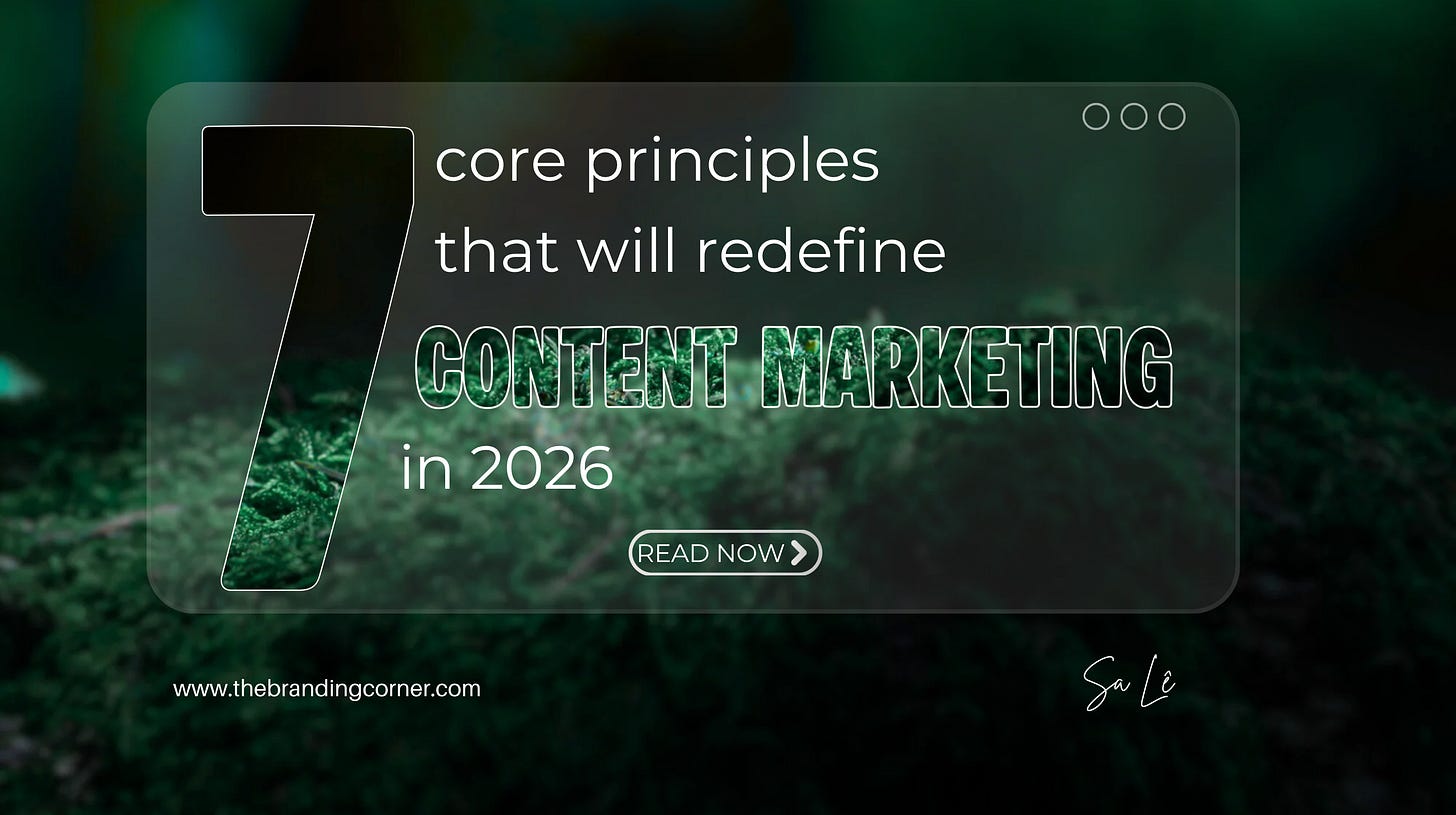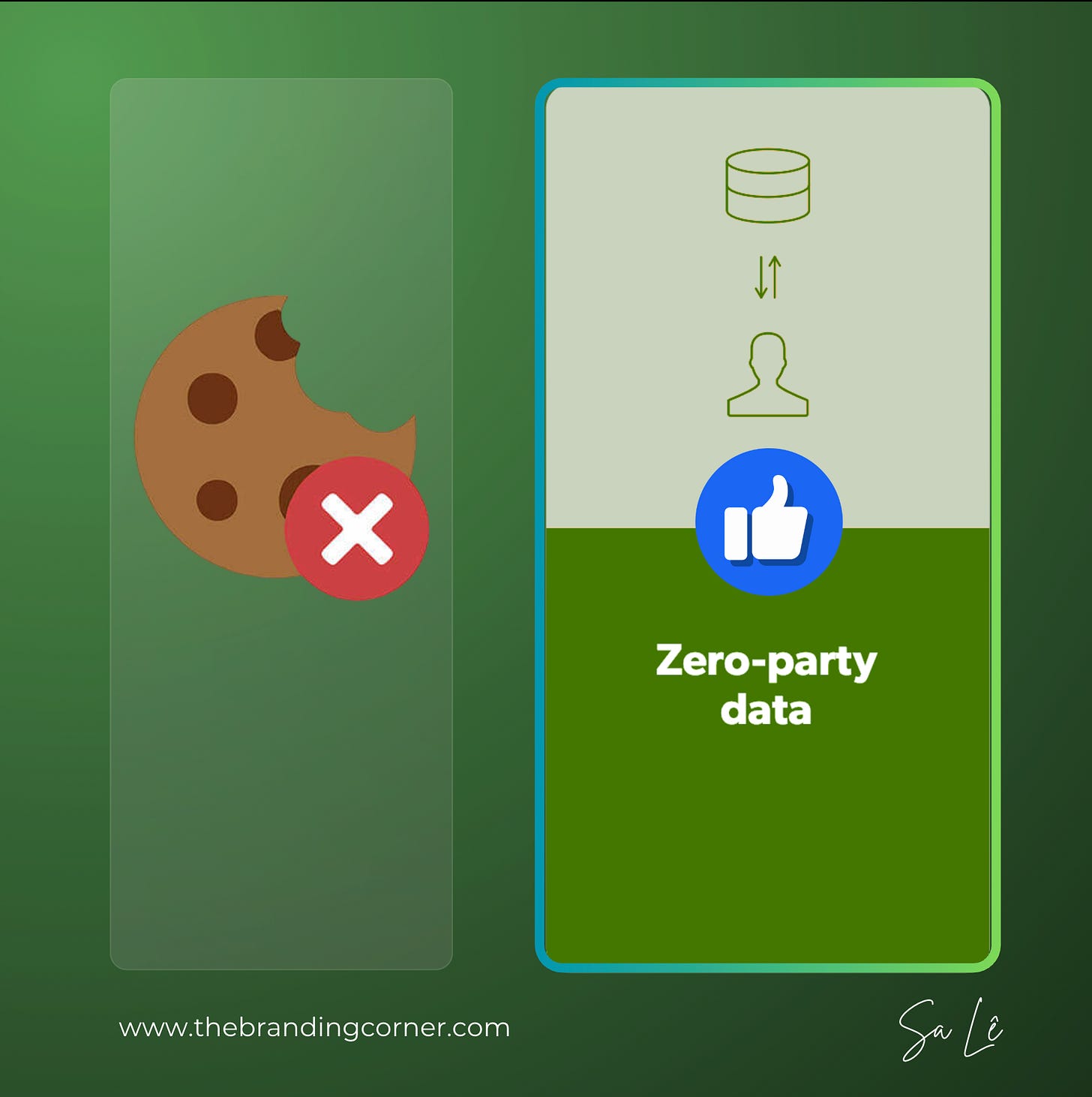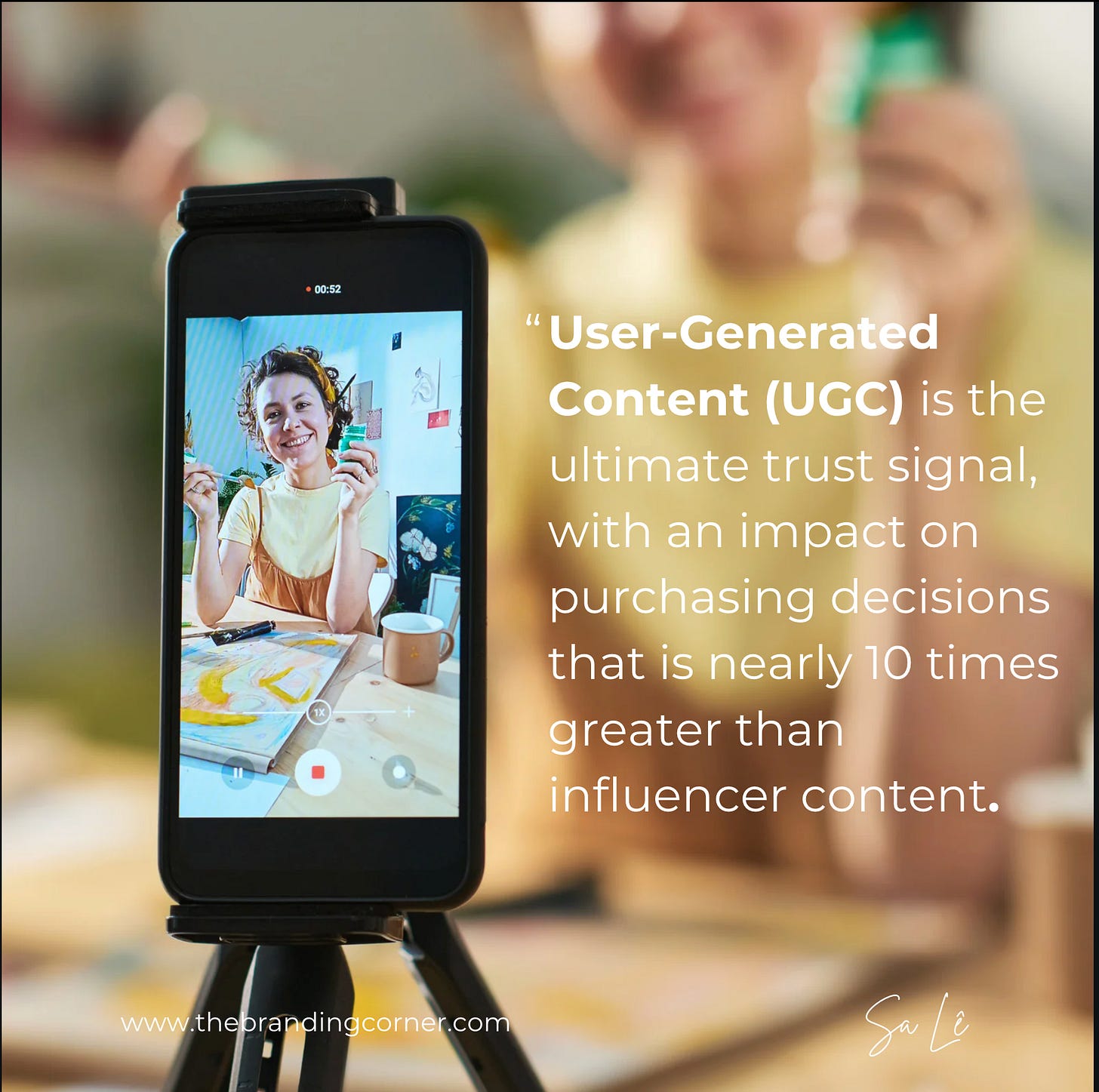7 core principles that will redefine Content Marketing in 2026
Content marketing is being redefined by AI and the end of third-party cookies. This post breaks down 7 core principles, from Answer Engine Optimization (AEO) to Zero-Party Data, to help you build a wn
Navigating the new content landscape
The content marketing landscape is undergoing a fundamental transformation, driven by two converging forces: the pervasive influence of Generative AI and the collapse of traditional data collection methods. By 2026, content success will be measured not by traffic volume, but by citation visibility, data capture efficiency, and verifiable human credibility.
This new environment demands a strategic blueprint that pivots marketing efforts toward mastering machine readability for algorithmic visibility and human trustworthiness for audience loyalty. For marketers, the mandate is clear: redefine success metrics and implement structural, technical, and creative adjustments that transcend legacy SEO. The following seven principles provide a framework for navigating this new content hierarchy.
1. Prioritize answers over clicks with Answer Engine Optimization (AEO)
The era of “10 blue links” is over. Discovery is now fragmented across AI-powered summaries (like Google’s AI Overviews), TikTok scrolls, and Reddit threads. This “Zero-Click” dominance means users get answers directly on the search page, often eliminating the need to click through to a source site. This trend is causing a significant decline in traditional Click-Through Rates (CTRs).
The primary objective for content creators has shifted from achieving a top organic ranking to securing a citation within the AI summary. Being the trusted source an AI cites is the new measure of search success.
Actionable practice: Master structural optimization for AI
Structure for clarity: Organize content with clear headings, bulleted lists, tables, and FAQ formats so AI can easily parse and extract precise answers.
Use schema markup: Implement schema to explicitly signal to AI the type and context of your information. This is the technical language AI understands.
Diversify discovery: Don’t rely solely on Google. Integrate strategies for social search (TikTok, Reddit) and other discovery platforms into your workflows.
2. Build a Zero-Party Data strategy for personalization
The phase-out of third-party cookies compels marketers to overhaul their personalization strategies. We must shift from tracking inferred behavior to soliciting explicit preferences. Generic content is ineffective; hyper-personalization is now essential.
Zero-Party Data (ZPD), information a customer intentionally and proactively shares, is the new gold. This data is privacy-friendly, reliable, and crucial for delivering high-relevance content. To implement this at scale, brands must invest in Identity Resolution technology to connect fragmented user identifiers (email, device ID, social profiles) into a single, persistent user profile.
Actionable practice: Use content as a Data Collection Tool
Deploy interactive assets: Use on-site quizzes, diagnostic tools, and industry benchmark calculators as content. These functional tools not only provide value but are designed to capture zero-party data and preferences.
Unify the data: Implement an Identity Resolution solution to ensure that preferences gathered via a website quiz are accurately applied to an email campaign or an in-app product recommendation, enabling true omnichannel personalization that feels helpful, not intrusive.
3. Make Authority and Experience (E-E-A-T) your differentiator
In an age where Generative AI can produce endless synthetic content, the ultimate differentiator is verifiable human trust. Google’s intensified focus on E-E-A-T (Experience, Expertise, Authoritativeness, Trustworthiness) is the filter it uses to separate genuinely helpful, human-vetted content from high-volume, potentially inaccurate AI output.
The “Experience” component is key; it requires content to demonstrate first-hand use, proprietary data, and unique insights that go far beyond summarizing publicly available facts. Data confirms that focusing on E-E-A-T delivers substantial results.
Actionable practice: Operationalize your Subject Matter Experts (SMEs)
Interview, don’t just assign: The most efficient method is ghostwriting based on recorded interviews with your internal SMEs. This minimizes their time commitment while ensuring their unique voice and specialized experience are captured authentically.
Showcase proprietary knowledge: Explicitly include unique decision frameworks, pros/cons tables, and original data in your content.
Align technical signals: Ensure your site design is high-quality, content is regularly updated, and author bio boxes prominently display the SME’s credentials to signal authority to both users and search engines.
4. Scale content efficiently with AI workflow architecture
Generative AI’s strategic value lies in industrializing the content pipeline. AI integration has been shown to accelerate marketing processes, reducing time-to-market by almost half and cutting content creation costs by 30–50%. The key is to move beyond simple chatbot usage toward a systematic, repeatable architecture.
Actionable practice: Implement human-governed AI workflows
Centralize brand Intelligence: Create a database of your brand’s tone of voice, messaging pillars, and defined system prompts to ensure consistency across all AI-generated outputs.
Create once, publish everywhere: Use integrated AI agents to automatically convert a single long-form asset into multi-platform drafts (social media posts, audio snippets, video scripts).
Establish guardrails: Your workflow must include mandatory human review for fact-checking and final strategic alignment.
Pilot and iterate: Start small. Master one AI-assisted content type, measure its performance, and then scale the workflow to others.
5. Prioritize interactive and immersive formats
Audiences are shifting from passive reading to active participation. They demand content that provides functional utility, enabling them to apply information and self-educate.
Interactive content formats, such as ROI calculators, quizzes, and polls, generate significantly higher engagement and conversion rates. Concurrently, immersive content like Virtual Reality (VR) and Augmented Reality (AR) is accelerating, with AR experiences yielding high ROI by capturing attention and driving higher purchase intent.
Actionable practice: Embed functionality and immersion
Develop functional tools: Create and embed tools like ROI calculators or diagnostic quizzes directly into your long-form content. This boosts on-page engagement and provides crucial behavioral data for personalization.
Leverage AR for engagement: Use Augmented Reality to create interactive experiences that drive user-generated content (UGC), such as custom social media filters.
Optimize for new discovery methods: Ensure your content strategy accounts for conversational voice search and visual search, which are rapidly becoming mainstream.
6. Rebuild and fortify your owned channels
The volatility of third-party platforms, from changing social media algorithms to AI-dominated search results, necessitates a strategic return to direct, owned channels. High-value newsletters and owned communication platforms (like a private community) provide predictable, reliable access to your audience without an algorithmic gatekeeper.
Actionable Practice: Use micro-segmentation for your “fortress”
Go beyond broad definitions: Divide your audience into small, actionable groups based on specific needs, purchase history, and preference data.
Create hyper-tailored content: Use this granularity to create segment-specific case studies and highly personalized email campaigns that maximize value and resonance.
Invest in a premium newsletter: Deliver thought-provoking, digestible content directly to your subscribers’ inboxes. This direct access is an invaluable asset for driving launches and building loyalty.
7. Adopt a Video-First, Authenticity-Driven Storytelling Approach
While short-form video remains essential for capturing attention, the proliferation of synthetic AI content has led consumers to demand radical authenticity. Trust now outweighs production polish.
Research confirms that User-Generated Content (UGC) is the ultimate trust signal, with an impact on purchasing decisions that is nearly 10 times greater than influencer content. This preference for peer-validated experiences highlights a deep skepticism toward overly polished brand broadcasts.
Actionable Practice: Operationalize Authentic Video and UGC
Adopt a Video-First mindset: Prioritize mobile-optimized video content, but focus on authenticity over perfection. Behind-the-scenes footage, unscripted Q&As, and customer testimonials often perform better than high-budget productions.
Focus on the human impact: Even in technical content like case studies, amplify the emotional aspects of the client’s success.
Systematize UGC collection: Build mechanisms into your content strategy to actively solicit and amplify UGC. Run contests, create shareable AR filters, and prominently feature customer stories to strengthen your brand’s credibility and E-E-A-T signals.
Conclusion
The content marketing landscape of 2026 is complex, demanding a convergence of technology and human strategy. These seven principles are interdependent: verifiable E-E-A-T justifies specialized content; interactive formats capture Zero-Party Data, which fuels personalization; and efficient AI workflows ensure this valuable, human-vetted content can be scaled for fragmented AEO channels.
To succeed, marketers must pivot now. Key actions for immediate strategic planning include:
Re-engineer for AEO: Audit existing content for schema markup and clear, answer-first structures.
Invest in Data Infrastructure: Prioritize zero-party data acquisition through interactive content.
Mandate SME Governance: Formalize workflows to embed Subject Matter Experts and validate content experience.
Adopt AI Workflow Architecture: Implement centralized, human-governed AI content workflows to achieve efficiency gains.
Build Your Owned Fortress: Shift budget priority toward high-value, direct-to-inbox channels and micro-segmented community development.







